1,3-CYCLOHEXADIENE
Synonym(s):1,2-Dihydrobenzene
- CAS NO.:592-57-4
- Empirical Formula: C6H8
- Molecular Weight: 80.13
- MDL number: MFCD00001532
- EINECS: 209-764-1
- SAFETY DATA SHEET (SDS)
- Update Date: 2025-09-25 17:15:13

What is 1,3-CYCLOHEXADIENE?
Chemical properties
clear colorless to light yellow liquid
The Uses of 1,3-CYCLOHEXADIENE
1,3-Cyclohexadiene can undergo:
C-C coupling with aromatic alcohols via iridium-catalyzed hydrogen auto-transfer and with aldehydes via transfer hydrogenation mediated by isopropanol to form carbonyl addition products.
Living anionic polymerization with n-BuLi/TMEDA system to form polycyclohexadiene.
Platinum-catalyzed silaboration to form (1R,4S)-1-(dimethylphenylsilyl)-4-(4,4,5,5-tetramethyl-1,3,2-dioxaborolan-2-yl)-2-cyclohexene.
Aerobic palladium-catalyzed 1,4-diacetoxylation in the presence of cobalt tetra(hydroquinone)porphyrin as an electron transfer reagent.
The Uses of 1,3-CYCLOHEXADIENE
1,3-Cyclohexadiene is used as a hydrogen donor in transfer hydrogenation. It is used in the conversion to benzene. It is useful in the study of proteomics research.
The Uses of 1,3-CYCLOHEXADIENE
1,3-Cyclohexadiene can undergo:
- C-C coupling with aromatic alcohols via iridium-catalyzed hydrogen auto-transfer and with aldehydes via transfer hydrogenation mediated by isopropanol to form carbonyl addition products.
- Living anionic polymerization with n-BuLi/TMEDA system to form polycyclohexadiene.
- Platinum-catalyzed silaboration to form (1R,4S)-1-(dimethylphenylsilyl)-4-(4,4,5,5-tetramethyl-1,3,2-dioxaborolan-2-yl)-2-cyclohexene.
- Aerobic palladium-catalyzed 1,4-diacetoxylation in the presence of cobalt tetra(hydroquinone)porphyrin as an electron transfer reagent.
What are the applications of Application
1,3-Cyclohexadiene is a useful diene for proteomics research
Preparation
1,3-Cyclohexadiene has been prepared by dehydration of cyclohexen-3-ol, by pyrolysis at 540° of the diacetate of cyclohexane-1,2-diol, by dehydrobromination with quinoline of 3-bromocyclohexene, by treating the ethyl ether of cyclohexen-3-ol with potassium bisulfate, by heating cyclohexene oxide with phthalic anhydride, by treating cyclohexane-1,2-diol with concentrated sulfuric acid, by treatment of 1,2-dibromocyclohexane with tributylamine, with sodium hydroxide in ethylene glycol, and with quinoline, and by treatment of 3,6-dibromo-cyclohexene with sodium.
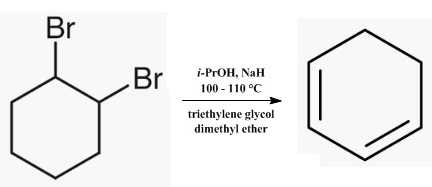
Definition
ChEBI: Cyclohexa-1,3-diene is a cyclohexadiene.
Purification Methods
Distil the diene from NaBH4 or Na under N2 and collect it in a trap cooled in Dry Ice. It is highly flammable. [Marvel & Martell, J Am Chem Soc 81 450 1959, Beilstein 5 IV 382.]
Properties of 1,3-CYCLOHEXADIENE
| Melting point: | -98 °C |
| Boiling point: | 80 °C (lit.) |
| Density | 0.841 g/mL at 25 °C (lit.) |
| refractive index | n |
| Flash point: | −2 °F |
| storage temp. | 2-8°C |
| solubility | Chloroform (Slightly), Methanol (Slightly) |
| form | Liquid |
| color | Clear colorless to light yellow |
| Water Solubility | Slightly miscible with methanol. Immiscible with water. |
| BRN | 506024 |
| Dielectric constant | 2.6600000000000001 |
| Stability: | Light Sensitive |
| CAS DataBase Reference | 592-57-4(CAS DataBase Reference) |
| EPA Substance Registry System | 1,3-Cyclohexadiene (592-57-4) |
Safety information for 1,3-CYCLOHEXADIENE
| Signal word | Danger |
| Pictogram(s) |
 Flame Flammables GHS02  Exclamation Mark Irritant GHS07 |
| GHS Hazard Statements |
H225:Flammable liquids H335:Specific target organ toxicity, single exposure;Respiratory tract irritation |
| Precautionary Statement Codes |
P210:Keep away from heat/sparks/open flames/hot surfaces. — No smoking. |
Computed Descriptors for 1,3-CYCLOHEXADIENE
New Products
4,4-Difluoropiperidine hydrochloride tert-butyl 9-methoxy-3-azaspiro[5.5]undecane-3-carboxylate Indole Methyl Resin N-Isopropylurea N,N-Dicyclohexylcarbodiimide(DCC) MELDRUMS ACID 5-METHYLISOXAZOLE-4-CARBOXYLIC ACID Magnessium Bis glycinate Zinc ascorbate 1-bromo-2-butyne 2-acetamidophenol 9(10H)-anthracenone Erythrosin B, 4-Piperidinopiperidine 2-((4-morpholinophenylamino) (methylthio) methylene) malononitrile 2,4-dihydroxybenzaldehyde 3-(4-morpholinophenylamino)-5-amino-1H-pyrazole-4-carbonitrile Methyl 2-methylquinoline-6-carboxylate 2,6-dichloro-4-nitropyridine 4-Bromo-2-chlorobenzonitrile 2-(benzylamino)acetic acid hydrochloride 4-(tert-Butoxycarbonylamino)but- 2-ynoic acid 3,4-dihydro-2H-benzo[b][1,4]dioxepine 1-Phenyl-1-cycloprppanecarboxylicacidRelated products of tetrahydrofuran

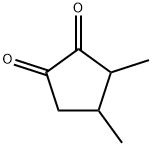
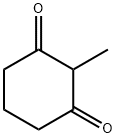

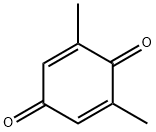

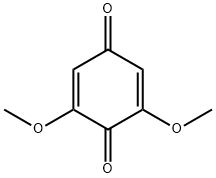

You may like
-
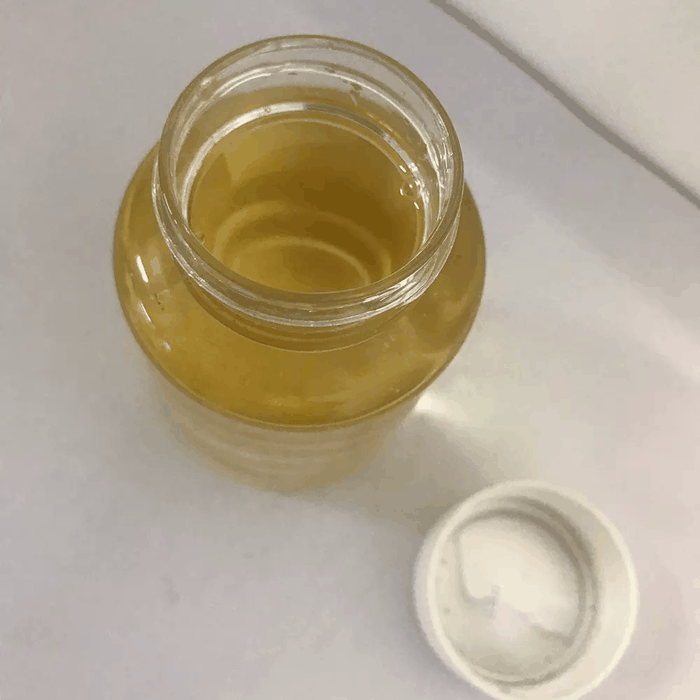 592-57-4 Cyclohexa-1,3-diene 98%View Details
592-57-4 Cyclohexa-1,3-diene 98%View Details
592-57-4 -
 1,3-Cyclohexadiene CAS 592-57-4View Details
1,3-Cyclohexadiene CAS 592-57-4View Details
592-57-4 -
 3-(4-amino-1-oxoisoindolin-2-yl)-1-methylpiperidine-2,6-dione 98%View Details
3-(4-amino-1-oxoisoindolin-2-yl)-1-methylpiperidine-2,6-dione 98%View Details -
 614-19-7 98%View Details
614-19-7 98%View Details
614-19-7 -
 20677-73-0 (2,2-diethoxyethyl)methylamine 98%View Details
20677-73-0 (2,2-diethoxyethyl)methylamine 98%View Details
20677-73-0 -
 3-(4-(hydroxyamino)-1-oxoisoindolin-2-yl)piperidine-2,6-dione 98%View Details
3-(4-(hydroxyamino)-1-oxoisoindolin-2-yl)piperidine-2,6-dione 98%View Details -
 57381-49-4 2-bromo-4-chlorobenzonitrile 98%View Details
57381-49-4 2-bromo-4-chlorobenzonitrile 98%View Details
57381-49-4 -
 4,6-dichloropyrimidine-5-carbaldehyde 98%View Details
4,6-dichloropyrimidine-5-carbaldehyde 98%View Details
5305-40-8
